How a Florida Teen Survived 118 Days Without a Heart
D’Zhana Simmons, a 14-year-old, underwent a remarkable medical journey, living for 118 days without a heart.
Supported by an artificial blood-pumping device, D’Zhana’s experience marks a significant achievement in medical science. Following the failure of her initial heart transplant, she relied on this device until a suitable donor heart became available for a second transplant.
The Challenge of a Heartless Existence
Living without a heart presented D’Zhana with profound challenges, both physically and emotionally, The New York Post reports.
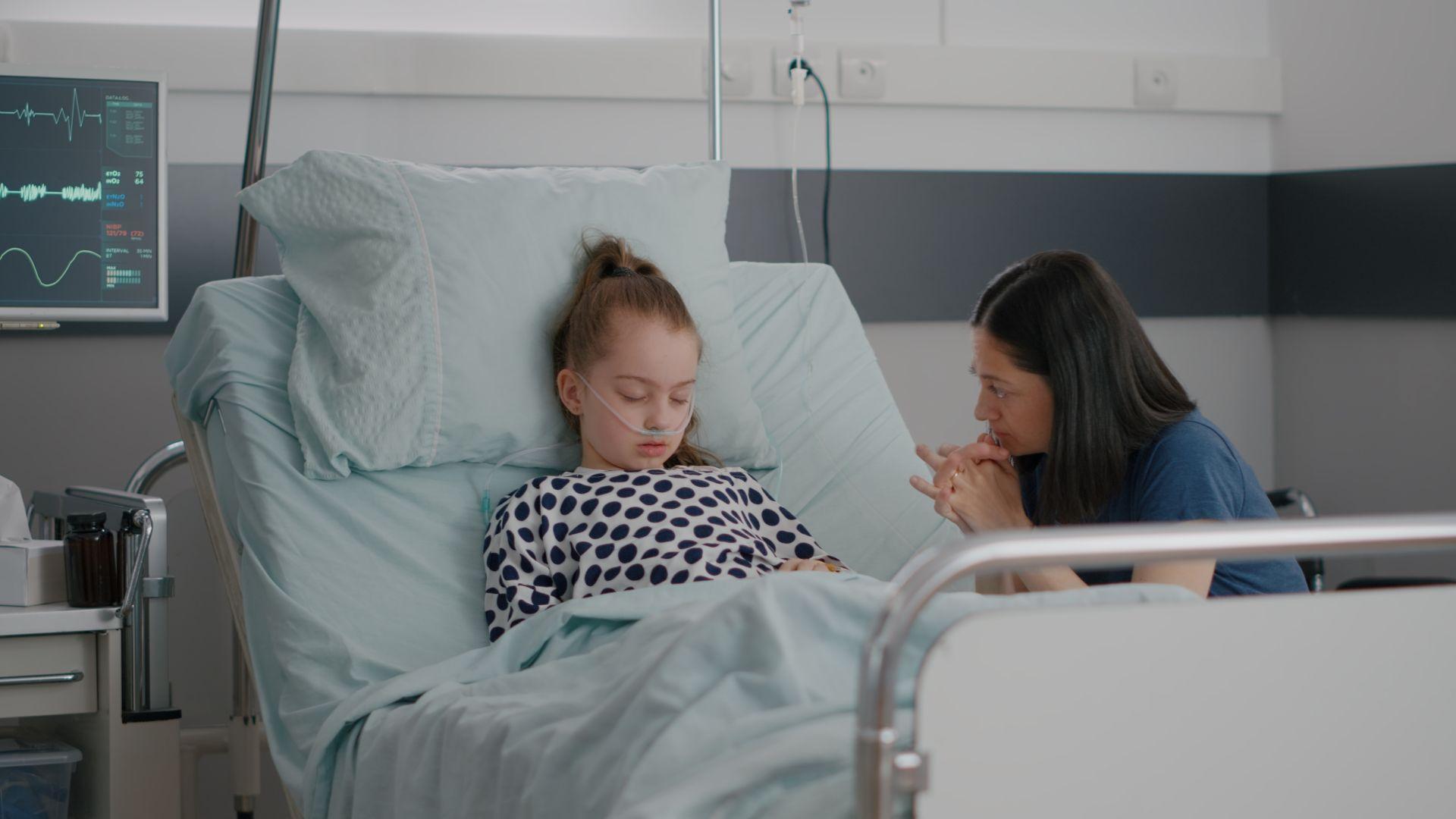
Source: DC Studio/freepik
“It was like I was a fake person, like I didn’t really exist. I was just here,” she expressed during a press conference at Holtz Children’s Hospital in Miami.
Medical Innovation Saves a Life
D’Zhana’s condition, dilated cardiomyopathy, weakened her heart to the point where it could no longer pump blood effectively.
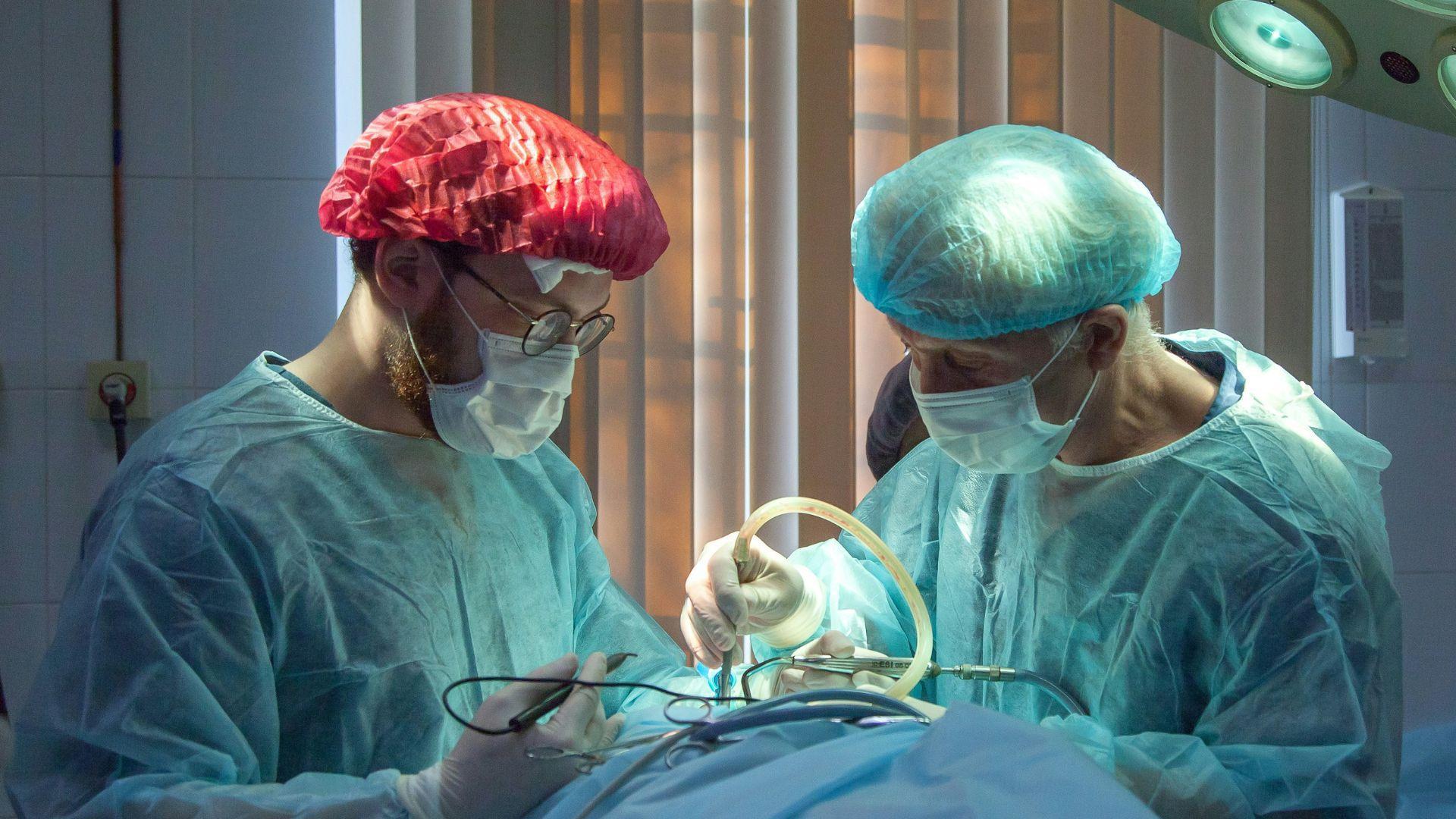
Source: Olga Guryanova/Unsplash
After the initial transplant failed, the medical team at Holtz Children’s Hospital, led by Dr. Marco Ricci, took an innovative approach by removing her malfunctioning heart and employing a ventricular assist device as a stopgap measure until a second heart transplant could be performed, The New York Post reveals.
Redefining the Possible
The medical team at Holtz Children’s Hospital embarked on an unprecedented journey by removing D’Zhana’s heart and using ventricular assist devices in a novel way.
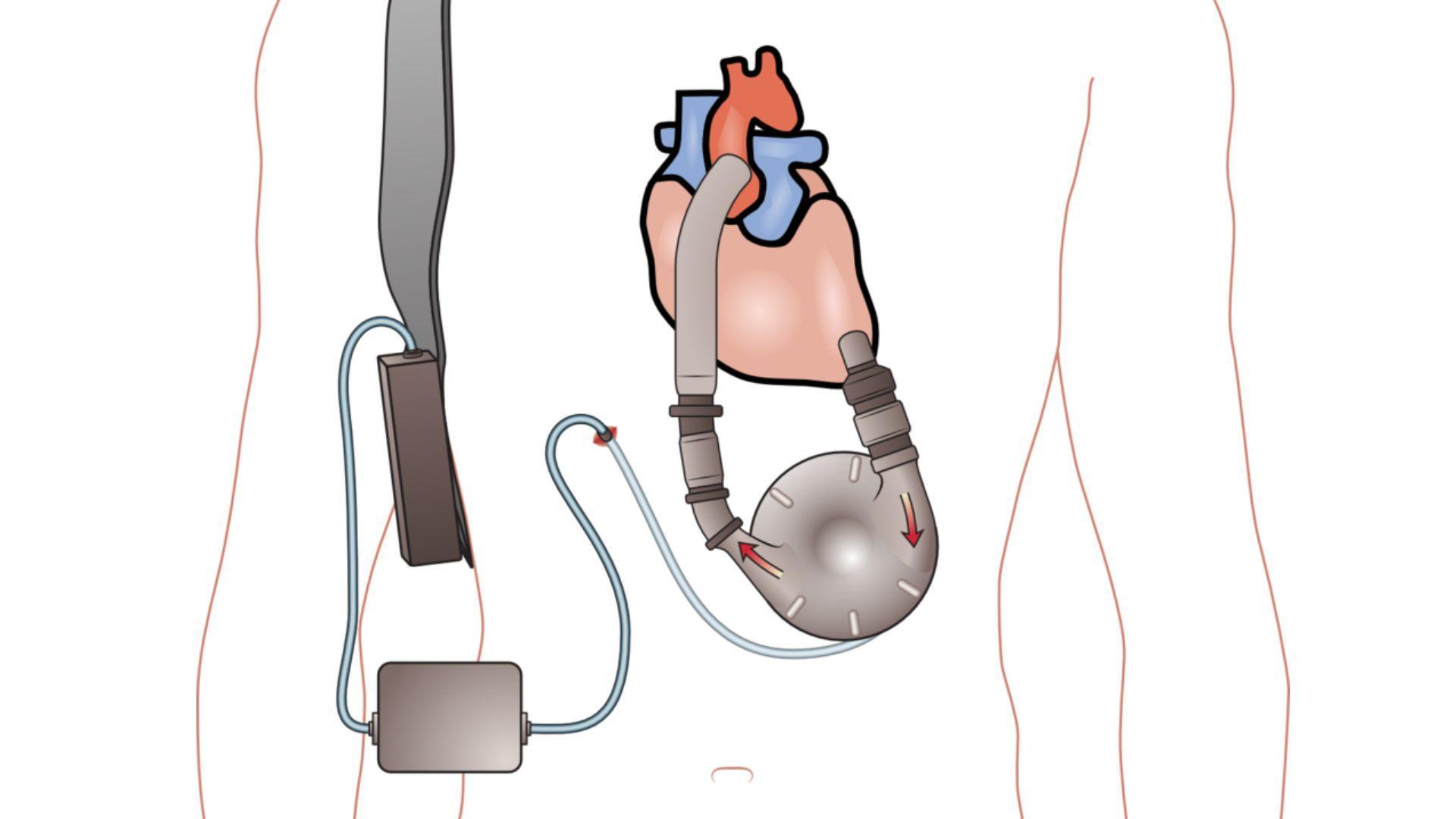
Source: Wikimedia Commons
They crafted substitute heart chambers from fabric, connecting them to pumps to circulate blood, a method never before used in pediatric care, as reported by NBC News.
Unprecedented Medical Territory
Dr. Ricci, the director of pediatric cardiac surgery at the University of Miami, played a crucial role in D’Zhana’s treatment.
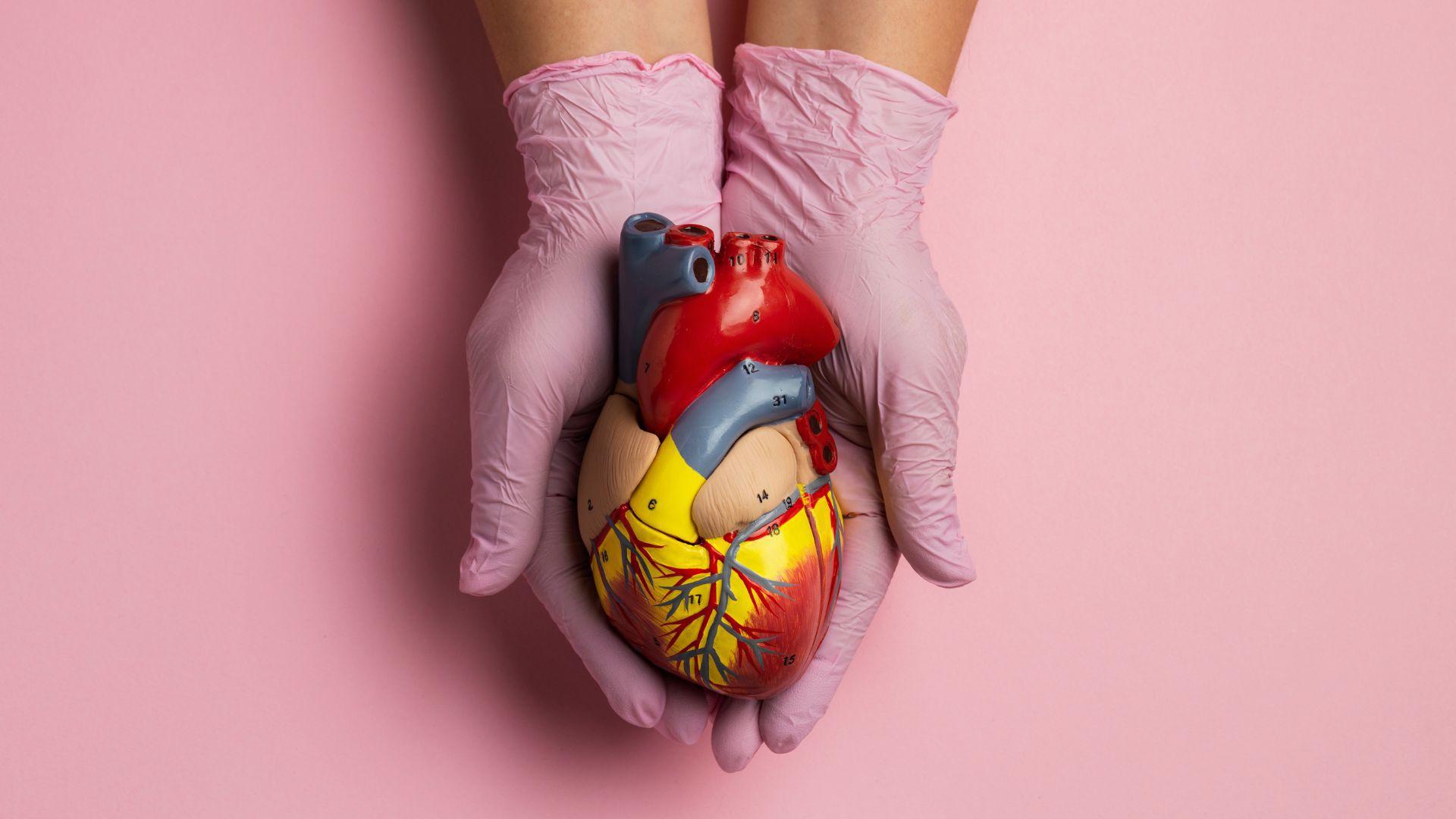
Source: Freepik
The New York Post explains that by adapting a ventricular assist device for long-term use, he and his team ventured into new medical territory. “She essentially lived for 118 days without a heart, with her circulation supported only by two blood pumps,” Dr. Ricci noted.
A Pioneering Case in Pediatric Care
D’Zhana’s case is believed to be the first of its kind, where a pediatric patient lived for an extended period without a heart, supported solely by mechanical pumps.
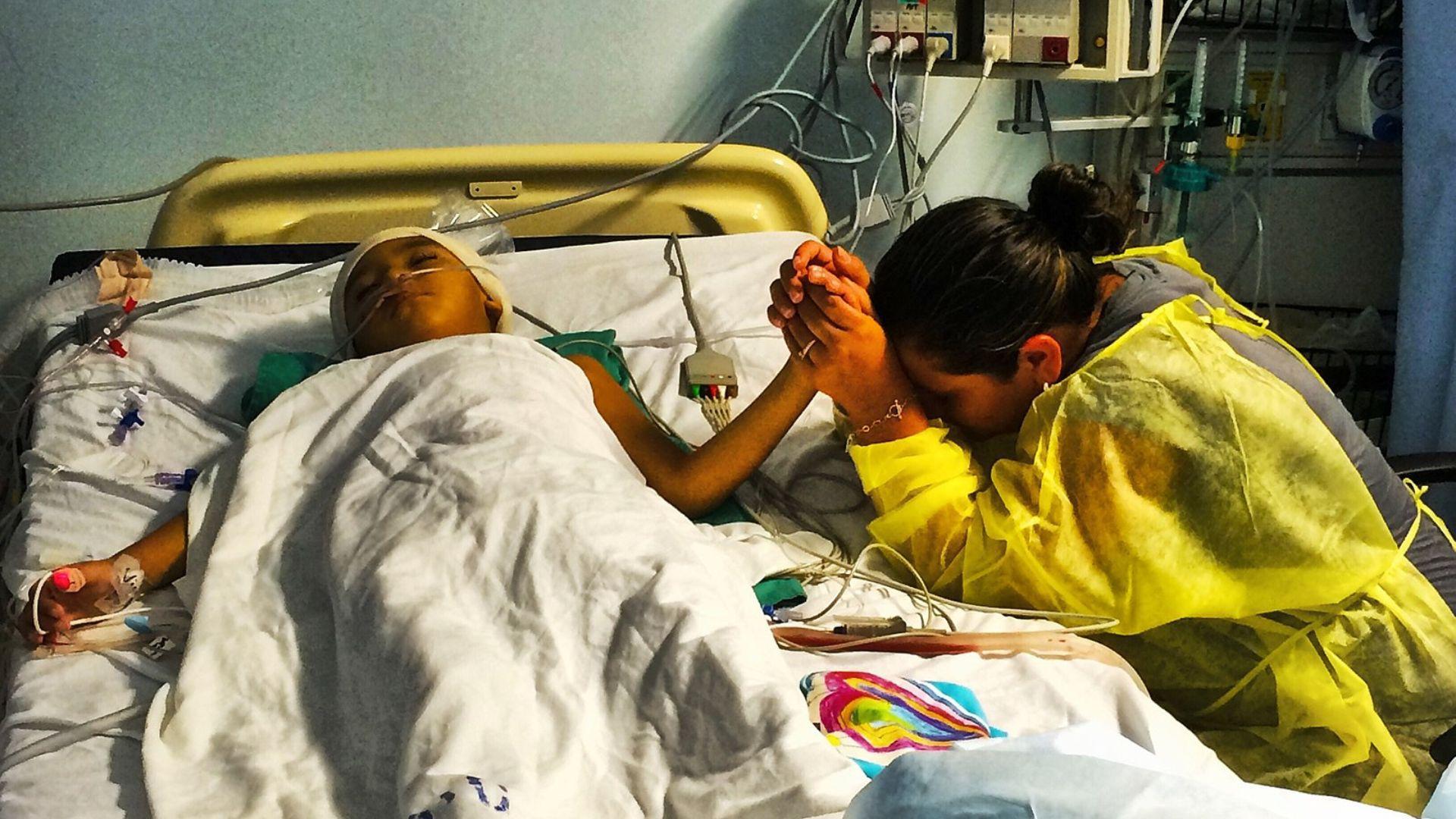
Source: Wikimedia Commons
Dr. Ricci said, “This, we believe, is the first pediatric patient who has received such a device in this configuration without the heart, and possibly one of the youngest that has…been bridged to transplantation without her native heart.”
Bridging the Gap in Pediatric Cardiac Care
Dr. Ricci pointed out a critical gap in pediatric healthcare: no artificial hearts are federally approved for children due to the rarity of their conditions, limiting investment in potentially lifesaving technology.
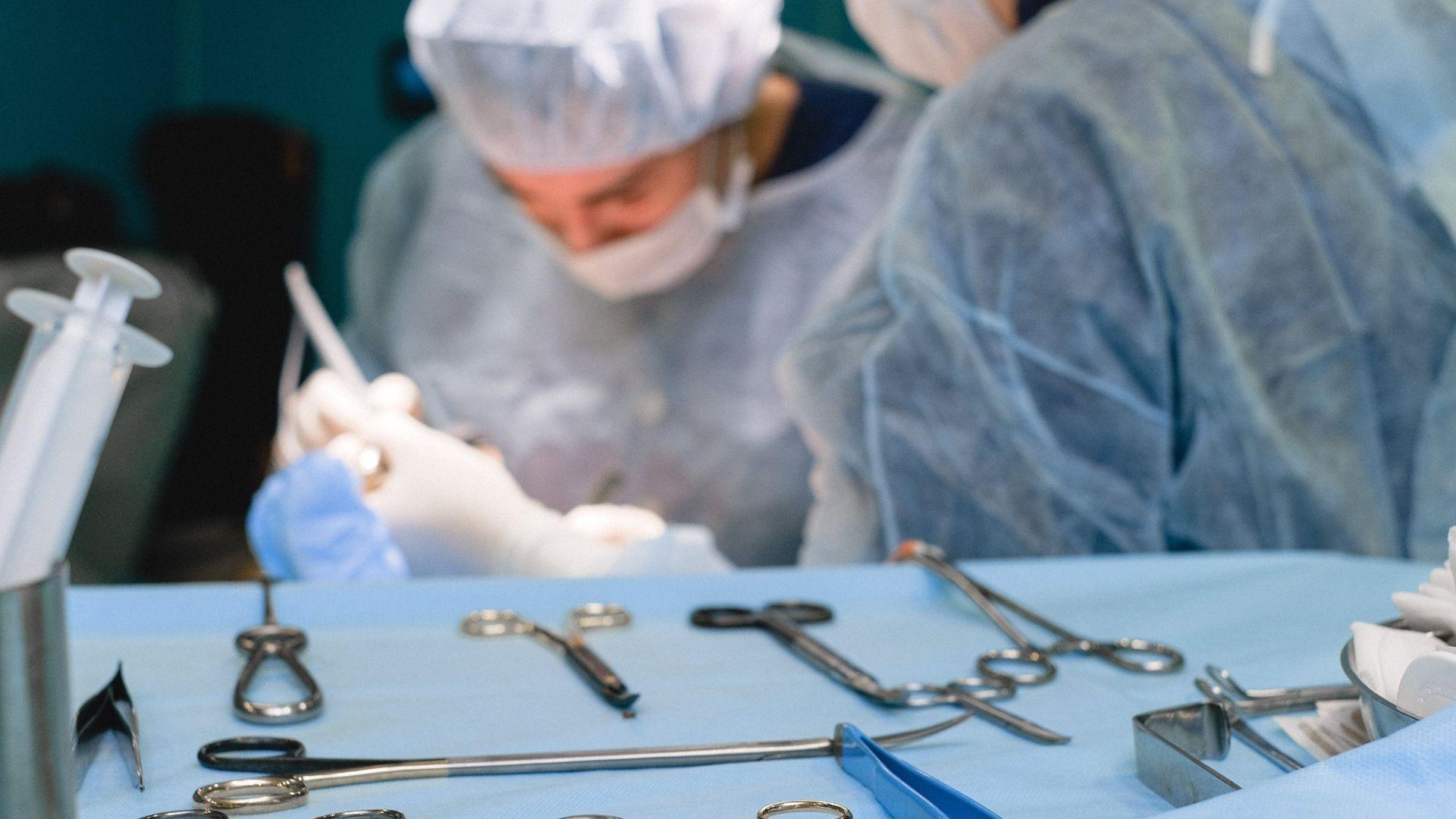
Source: Anna Shvets/Pexels
“In the past, this situation could have been lethal,” he noted.
A Leap in Medical Innovation
Dr. Peter Wearden, a seasoned cardiothoracic surgeon, praised the Miami medical team’s groundbreaking work, calling what they managed to achieve “a big deal.”
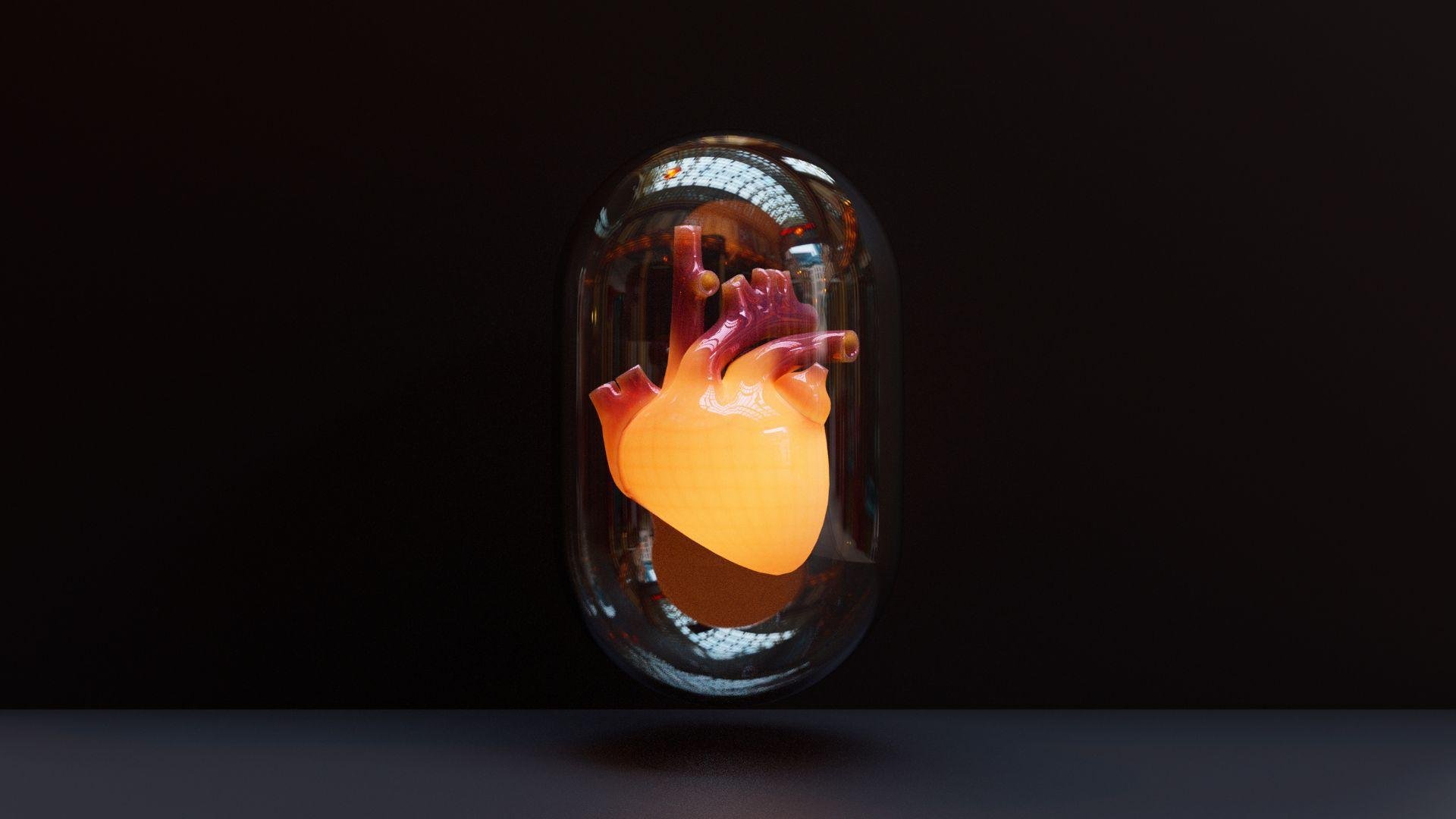
Source: Freepik
“For (more than) 100 days, there was no heart in this girl’s body? That is pretty amazing,” Wearden said.
The Emotional Toll
Reuters explains that the reliance on a mechanical device to stay alive brought constant uncertainty and fear for D’Zhana. The possibility of the device failing was a constant concern, illustrating the psychological impact of such a dependent existence on a young patient.

Source: Wikimedia Commons
Despite these challenges, D’Zhana’s resilience and the support of her medical team enabled her to continue fighting for her life.
A Successful Second Transplant
D’Zhana then went on to receive a successful second heart transplant, Reuters reports.
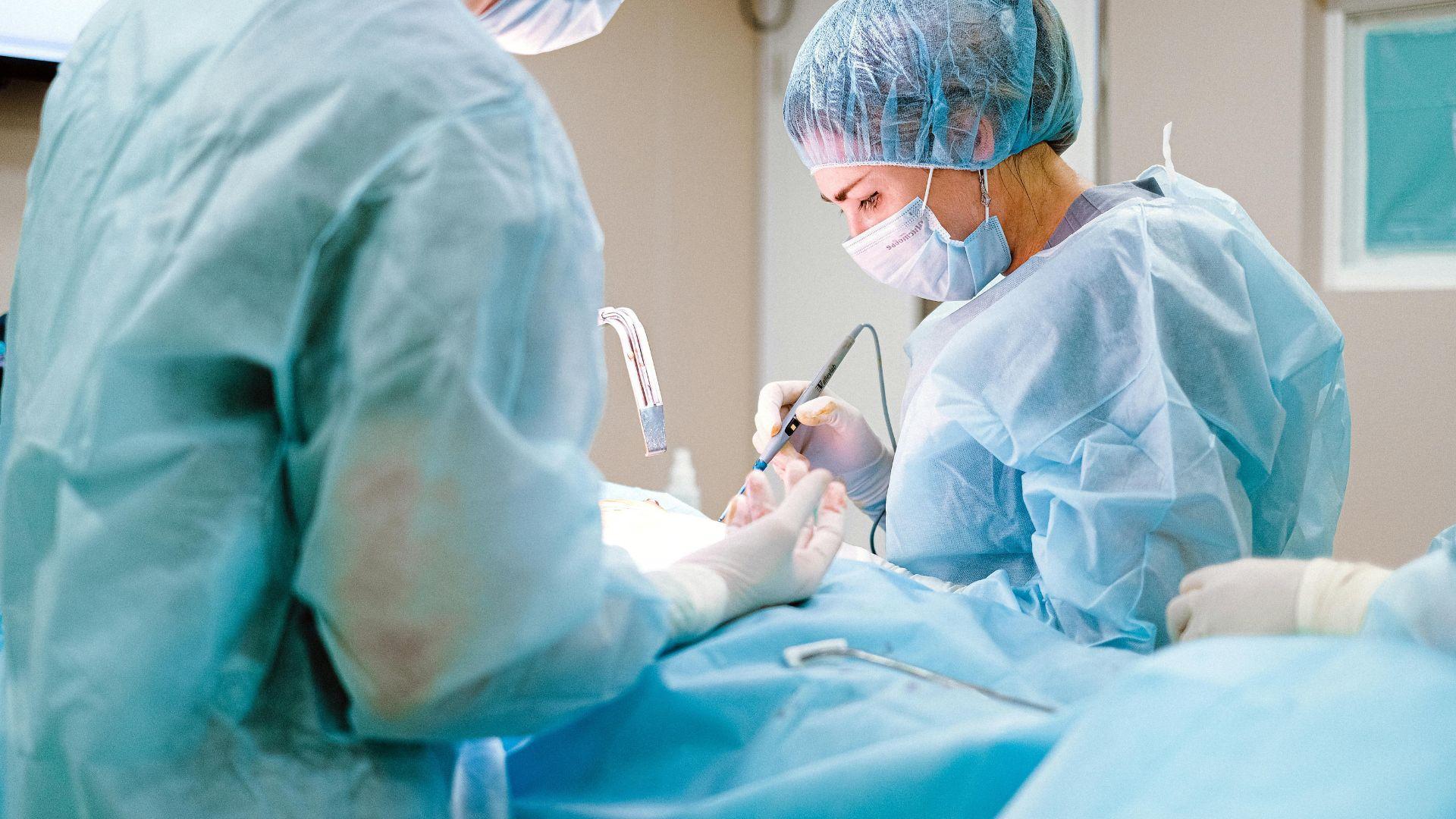
Source: Anna Shvets/Pexels
This milestone was a moment of triumph for D’Zhana and her medical team, with her mother, Twolla Anderson, acknowledging it as a “miracle.”
Gratitude and Recovery
After enduring a journey fraught with uncertainty, D’Zhana expressed her newfound appreciation for life’s simpler pleasures, like spending time with her siblings and being outdoors.
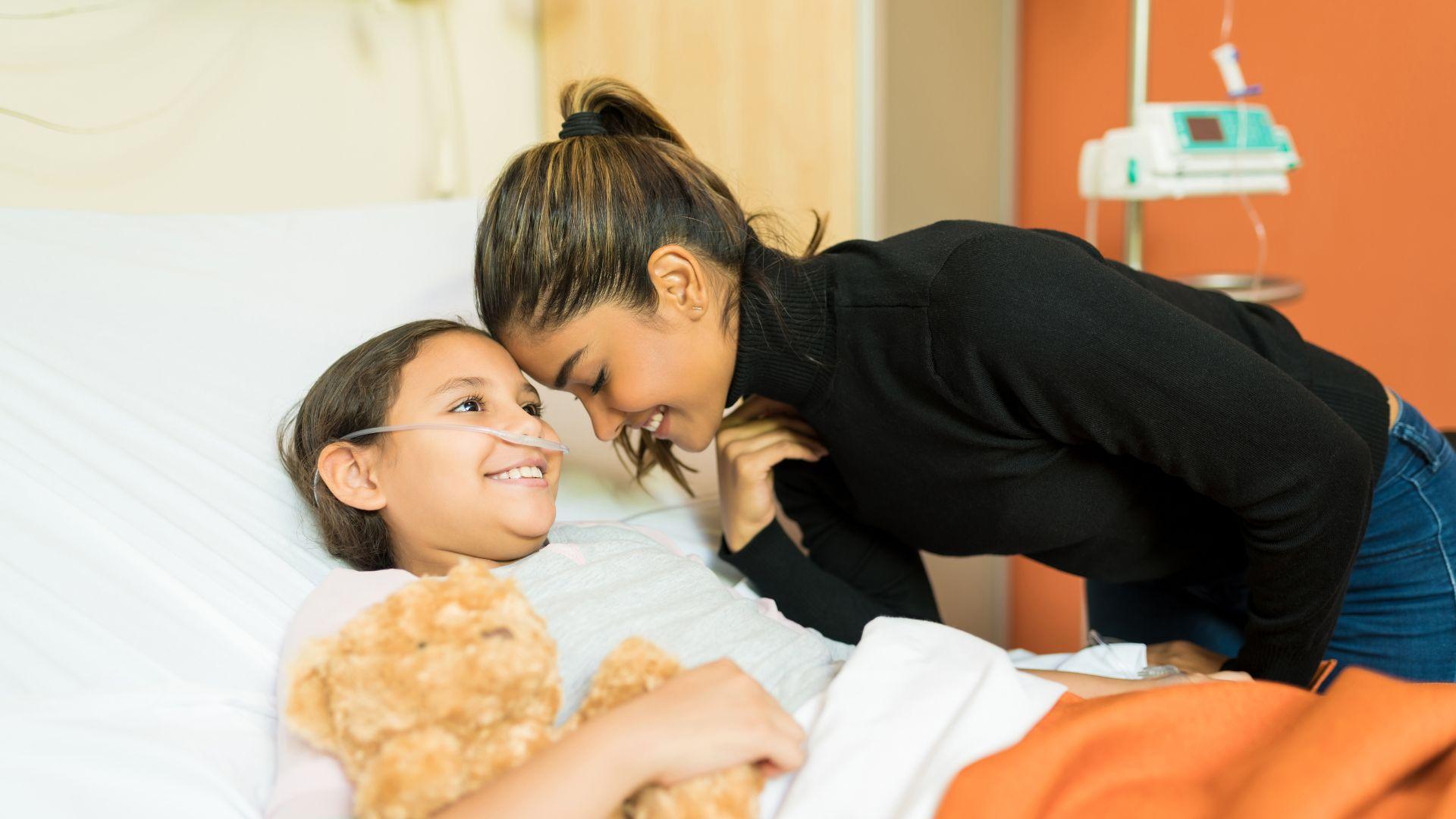
Source: tonodiaz/freepik
“I’m glad I can walk without the machine,” she shared, visibly moved by her experience.
Facing Future Challenges
Despite the success of her transplant, D’Zhana faces a future of medical vigilance. She will need to take immunosuppressant medications for the rest of her life to prevent her body from rejecting the donated heart, NBC News notes.

Source: Raul Infante Gaete/Pexels
Additionally, there is a 50% chance she may require another heart transplant in the future, illustrating the long-term challenges of living with a transplanted organ.
Another Remarkable Heart Patient
CNN reports Stan Larkin, a 25-year-old resident of Ypsilanti, Michigan, lived an extraordinary 555 days without a human heart, relying on a gray backpack that powered his artificial heart.
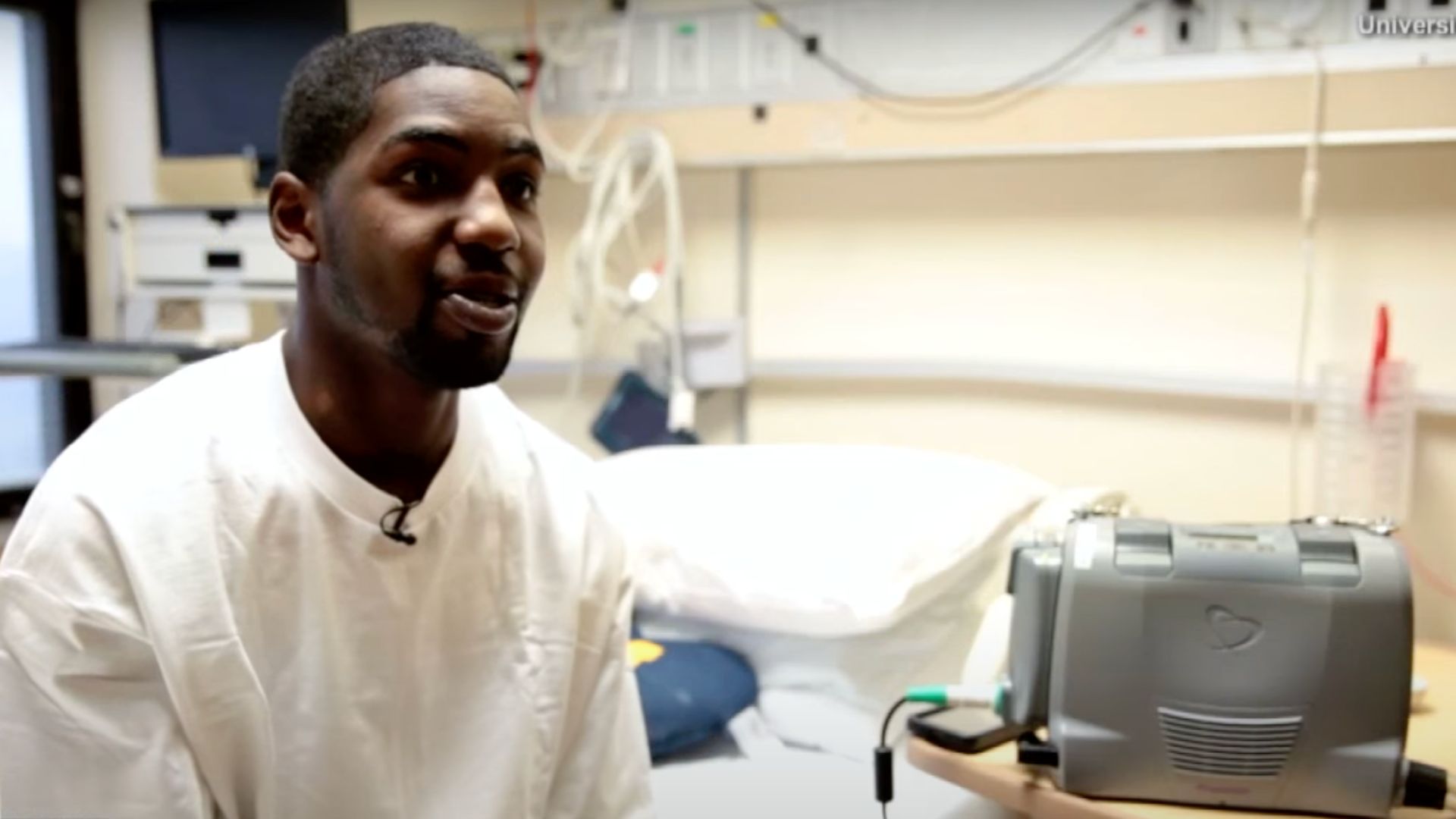
Source: Inside Edition/Youtube
This backpack was no ordinary item; it contained the life-saving technology that kept Larkin alive while he awaited a heart transplant. To the outside world, Larkin appeared to be a typical young adult, enjoying time with his three toddlers and his younger brother, Dominique. However, the reality was far from ordinary, as the backpack he carried was his lifeline, literally pumping life through his body.
Larkin's Journey Begins
In November 2014, Larkin’s journey took a critical turn when his failing heart was removed. He was then equipped with a device that allowed him to wait for a suitable heart transplant at home rather than in a hospital, CNN notes.
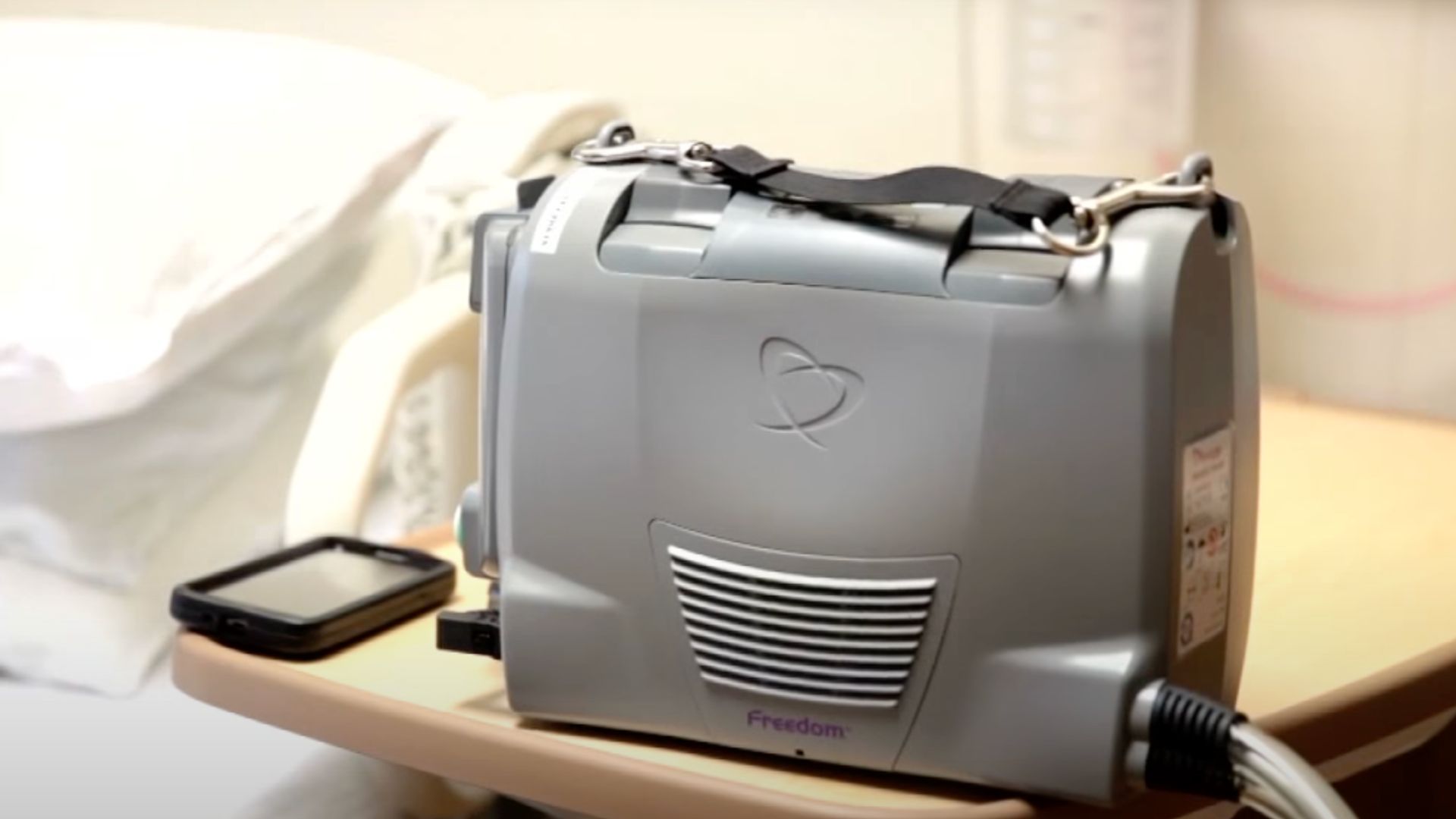
Source: Inside Edition/Youtube
This technological marvel enabled Larkin to lead a relatively normal life despite his critical condition. In May 2016, Larkin received the long-awaited heart transplant at the University of Michigan Frankel Cardiovascular Center and is now recovering. “I’m going home so fast after the transplant because it helped me stay healthy before the transplant,” Larkin shared.
Overcoming Fear
Larkin’s experience sheds light on the psychological and emotional aspects of living with an artificial heart. He expressed that while the idea of living without a human heart could be frightening, facing and overcoming this fear was crucial.
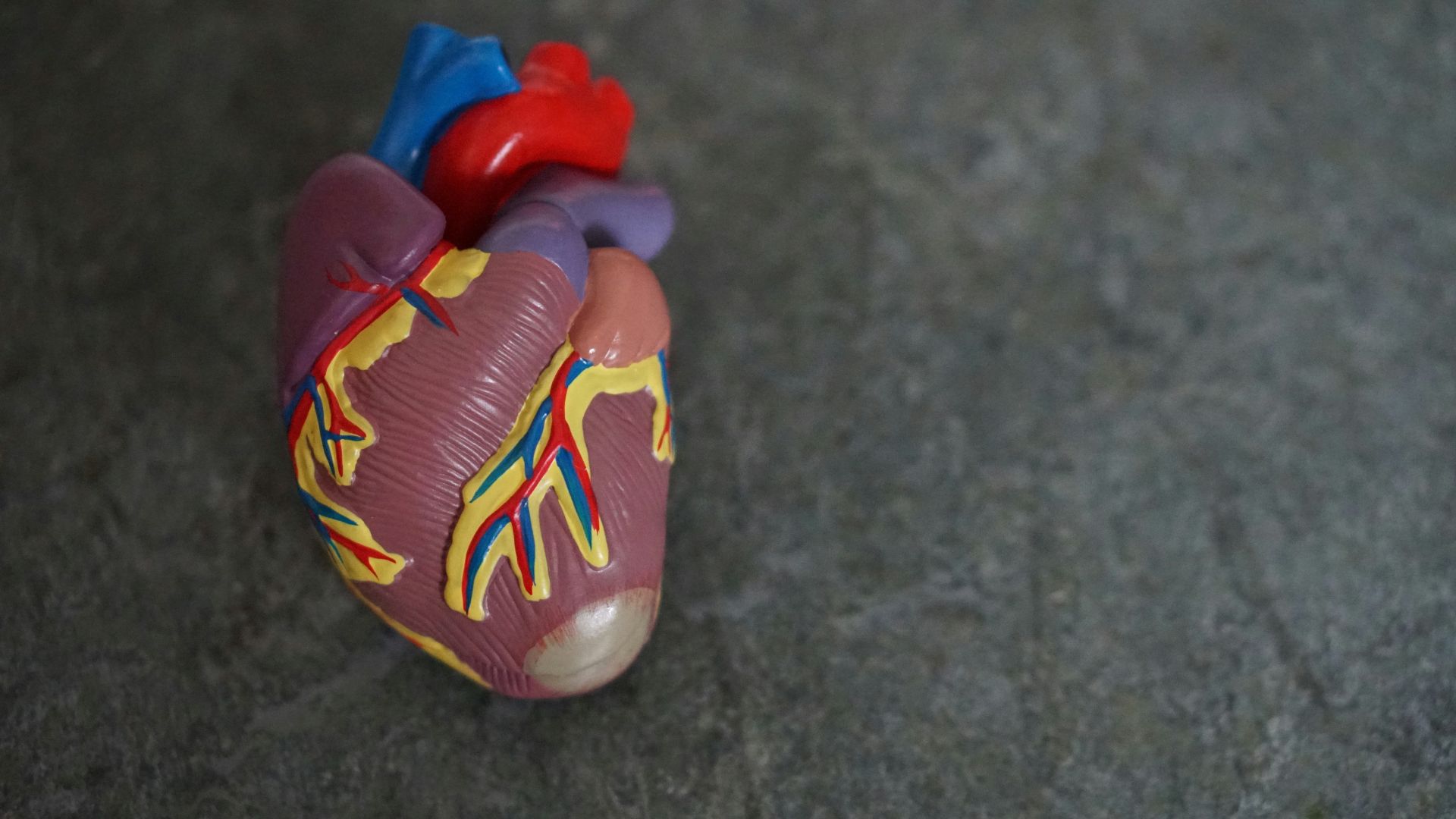
Source: Robina Weermeijer/Unsplash
“Most people would be scared to go so long with [an artificial heart], but you have to go through the fear, because it helps you,” Larkin said.
The National Waiting Game
The demand for heart transplants far exceeds the supply, with 2023 data showing that approximately 3,400 patients across the nation were waiting for a transplant.
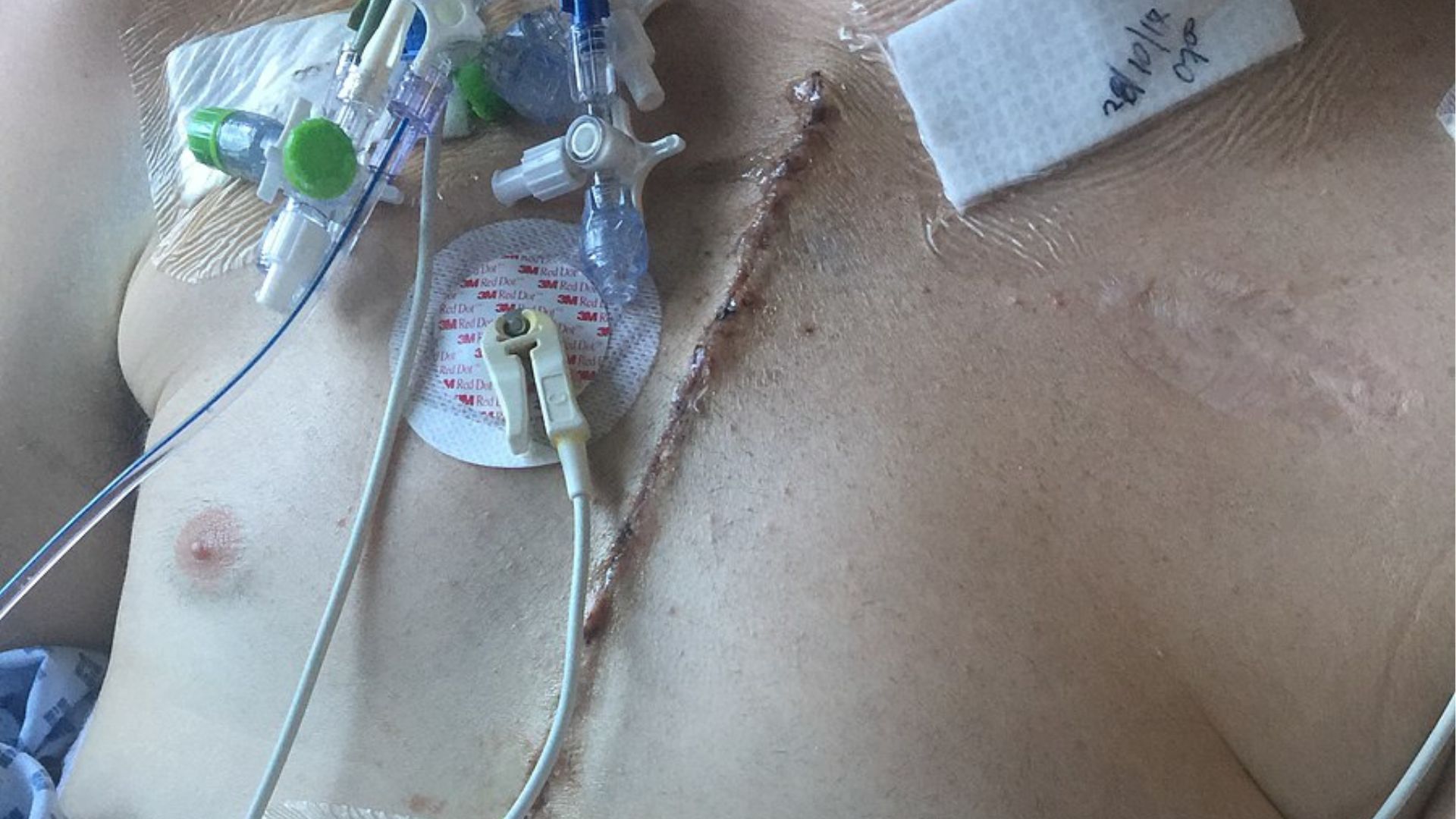
Source: Wikimedia Commons
For patients with end-stage heart failure, the wait can be excruciatingly long, sometimes lasting months or even years. Dr. Billy Cohn, a cardiovascular surgeon, emphasized the dire situation, stating, “Many of these patients would die without some form of support,” such as an artificial heart, highlighting the critical role of medical technology in bridging the gap until a donor heart is available.
The Day Everything Changed
CNN reports that Larkin’s medical ordeal began abruptly when he collapsed during a basketball game, a moment that unveiled his battle with familial cardiomyopathy, a genetic form of heart disease.
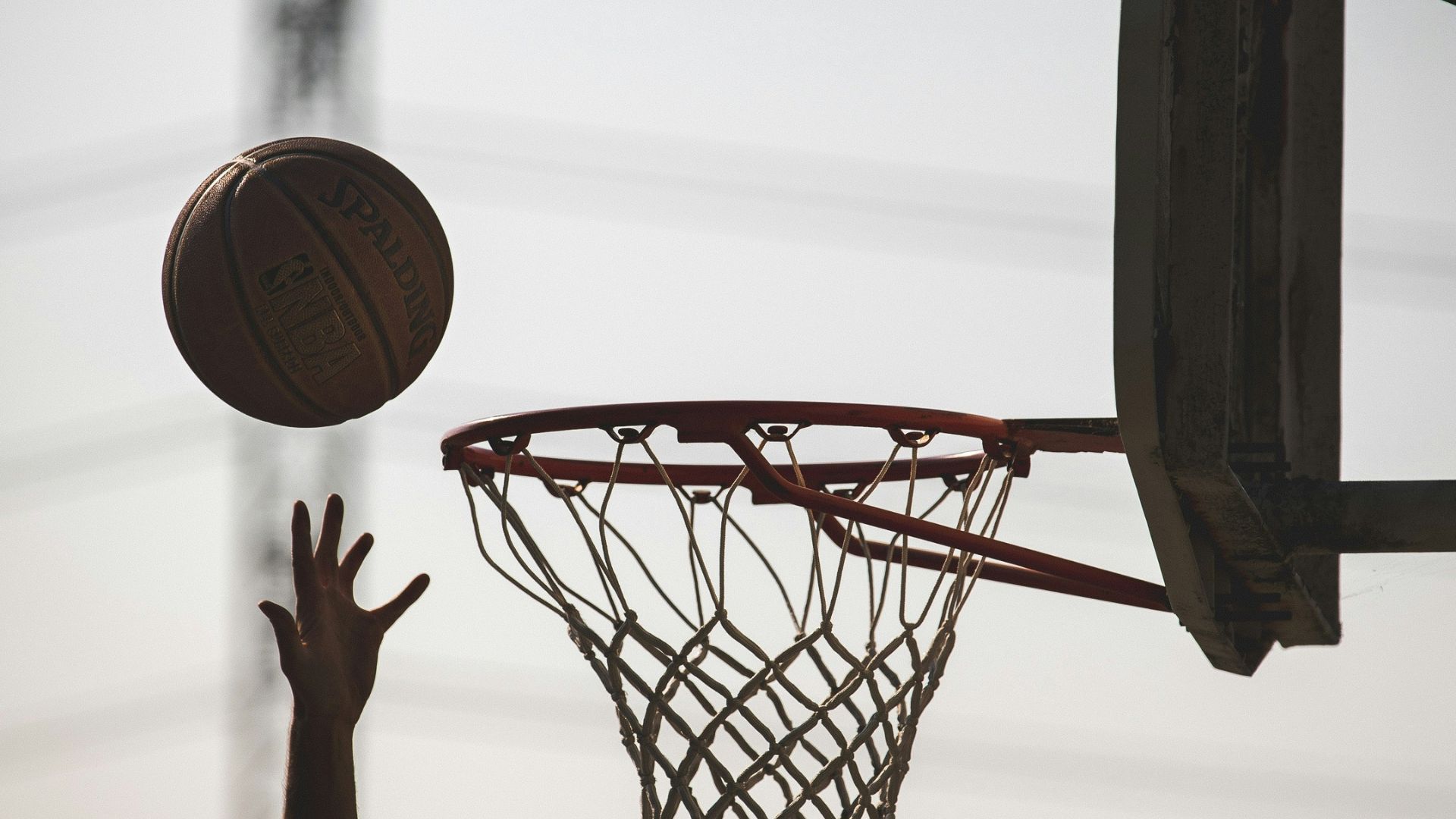
Source: Tom Briskey/Unsplash
This condition marked a significant turning point in his life, leading him to rely on an artificial heart. “A machine was going to be my heart,” Larkin said, reflecting on the surreal reality of his situation.
Michigan's First Portable Artificial Heart Patient
Larkin became the first patient in Michigan to be discharged home with a portable artificial heart, a significant milestone in medical technology.
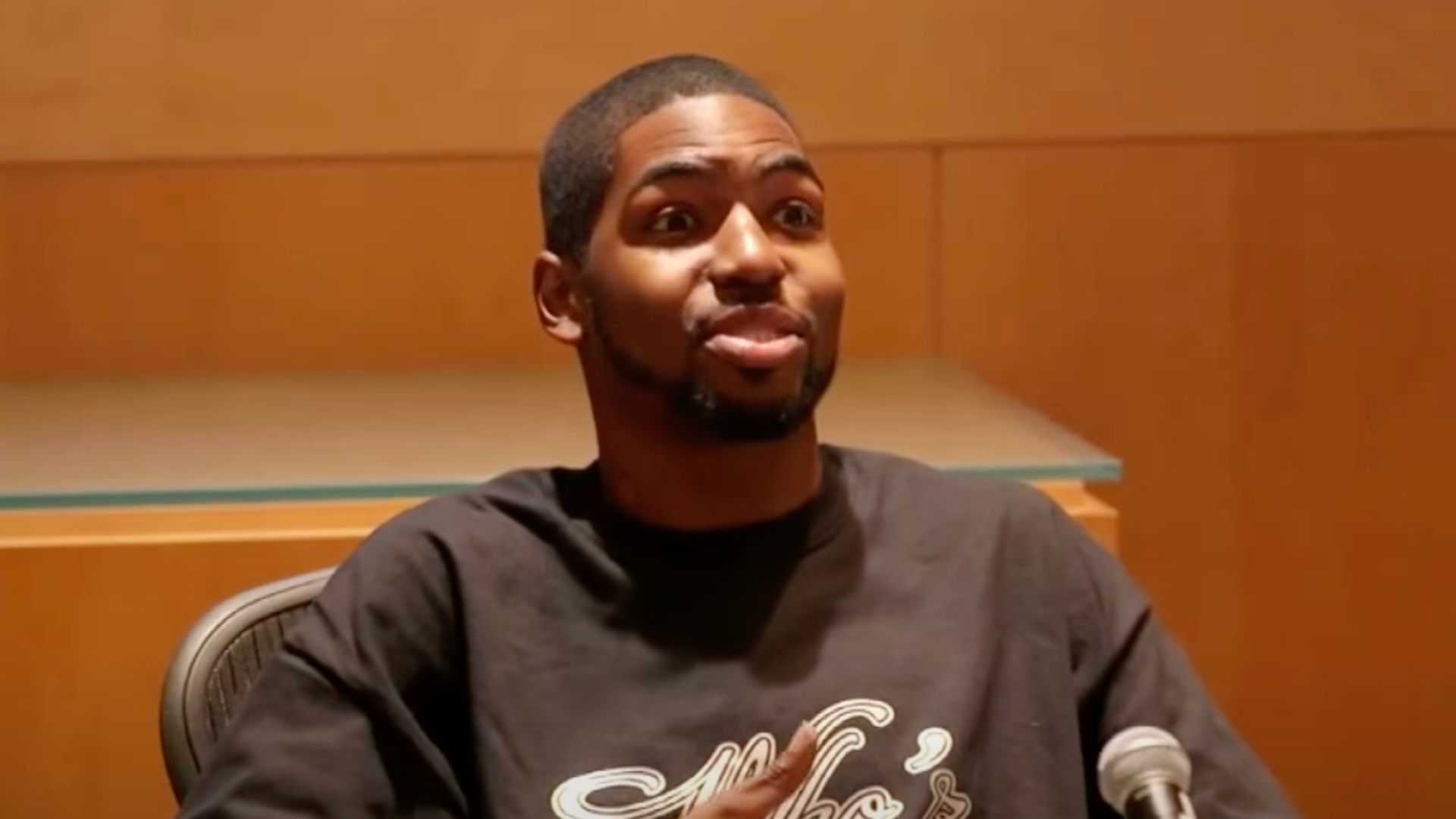
Source: Inside Edition/Youtube
The SynCardia temporary artificial heart replaced Stan’s failing heart, complete with chambers and valves, and was connected to a portable machine known as the Freedom Driver through tubes. This device allowed Larkin to maintain an active lifestyle. “It’s just like a real heart,” Larkin remarked.
Living with the Freedom Driver
The Freedom Driver, a 13-pound machine carried in Larkin’s backpack, was essential for the operation of his artificial heart. This device not only powered the heart but also ensured blood could be pumped throughout his body, allowing Larkin to lead an active and engaging life.
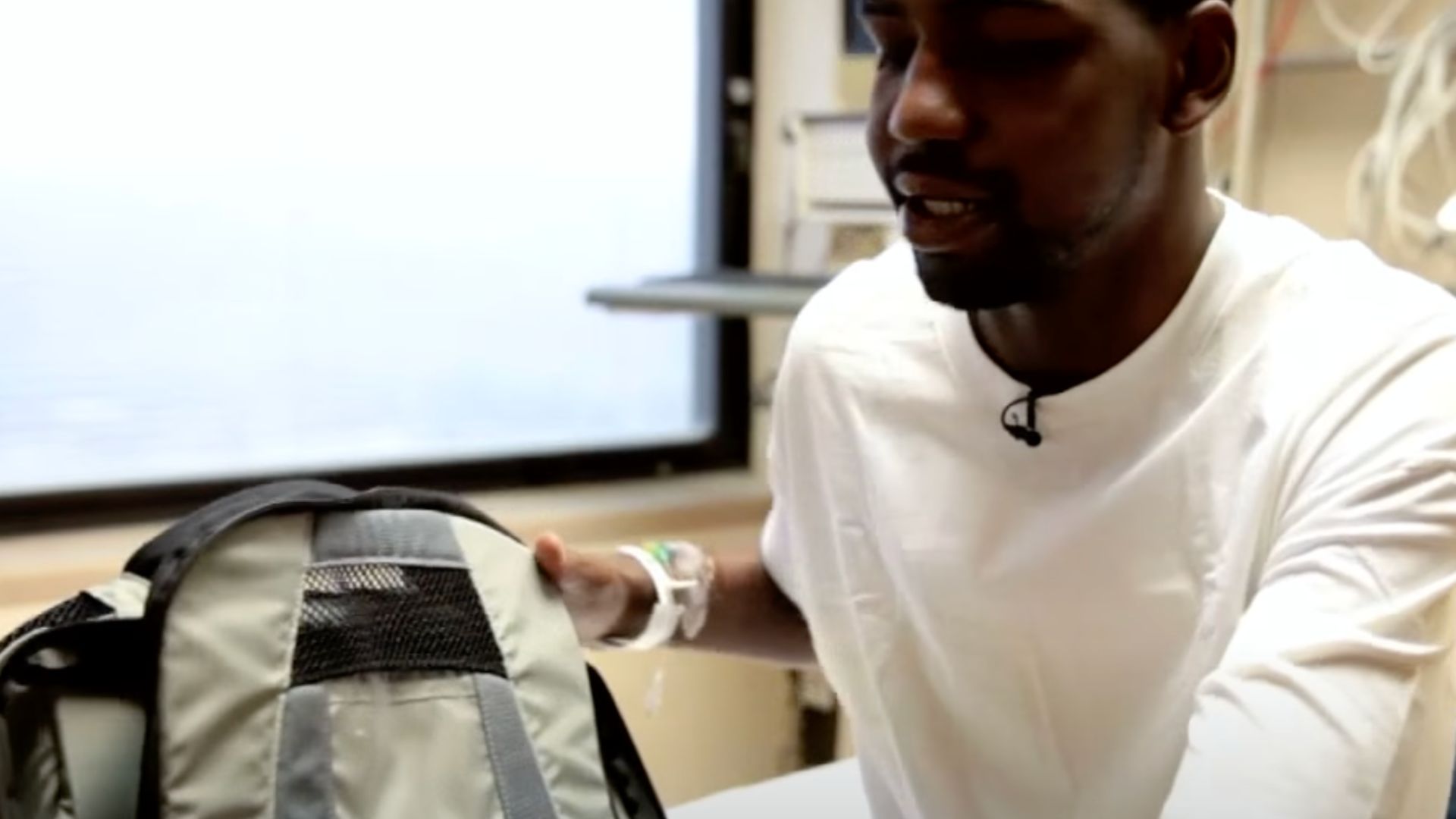
Source: Inside Edition/Youtube
The care and maintenance of this equipment were critical to prevent infections, a task that involved Larkin’s family, particularly his mother, Voncile McCrae. |We had to be careful so that he wouldn’t get an infection,” she said.
A Brother's Bond Strengthened by Adversity
Larkin’s story is also one of familial support and shared struggle. His younger brother, Dominique, also diagnosed with the same genetic heart condition, underwent a similar journey, receiving an artificial heart device before eventually getting a heart transplant.
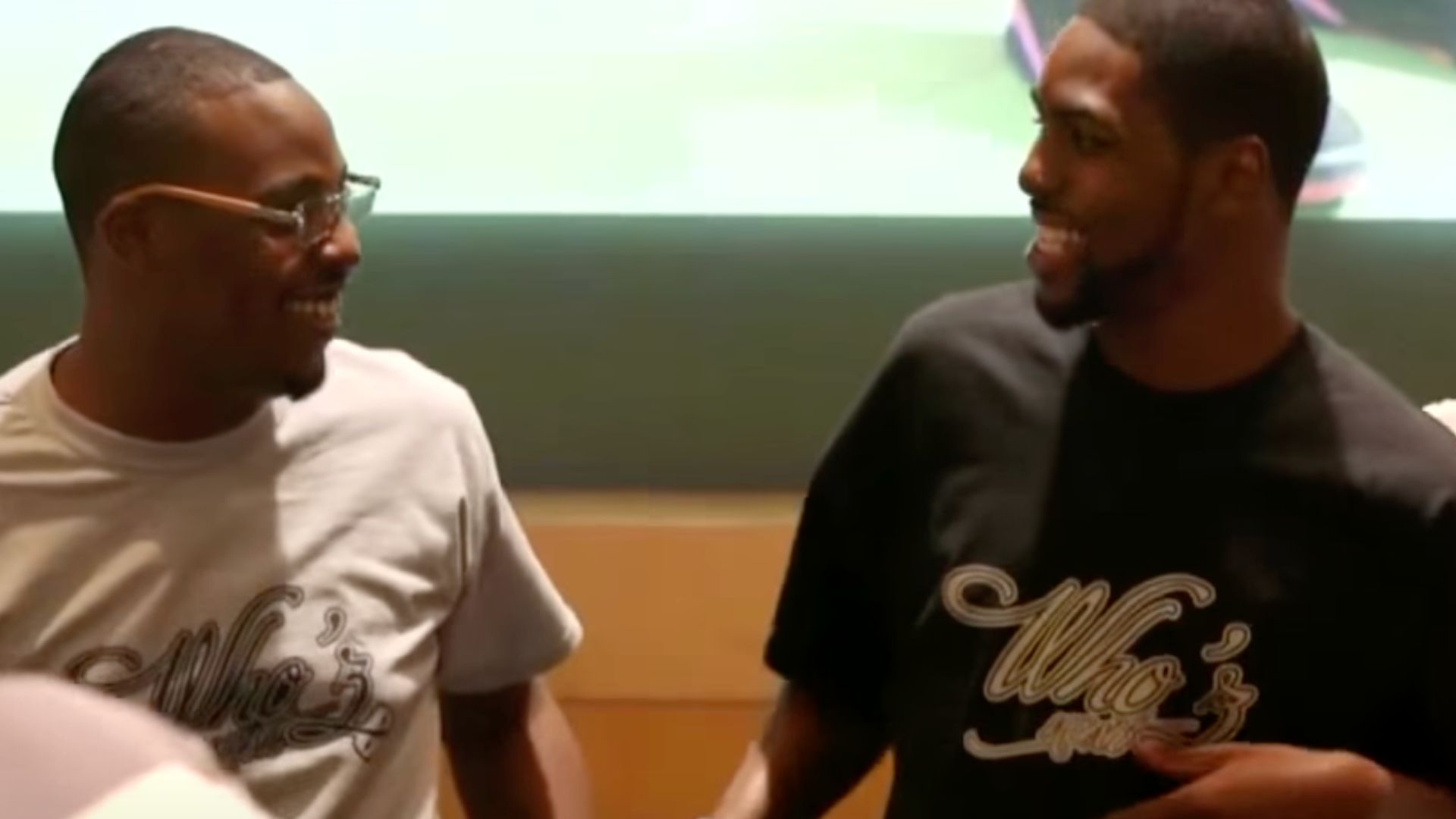
Source: Inside Edition/Youtube
This shared experience brought the brothers closer, showcasing the strength of their bond. “I have an amazing brother,” Dominique stated, expressing gratitude for Stan’s unwavering support throughout their medical ordeals.
The Evolution of Artificial Heart Technology
The development of artificial heart technology has seen significant advancements since the world’s first self-contained artificial heart was implanted in a patient in 2001, CNN explains.

Source: TED xTalks/Youtube
Dr. Laman Gray, a pioneer in the field, commented on the progress, saying, “We’re making great progress, and people are living normal lives. There’s definitely a place for total artificial hearts and a need for them.”
Redefining Normalcy with Technology
CNN highlights that Larkin’s experience with an artificial heart challenges conventional notions of living with heart disease.
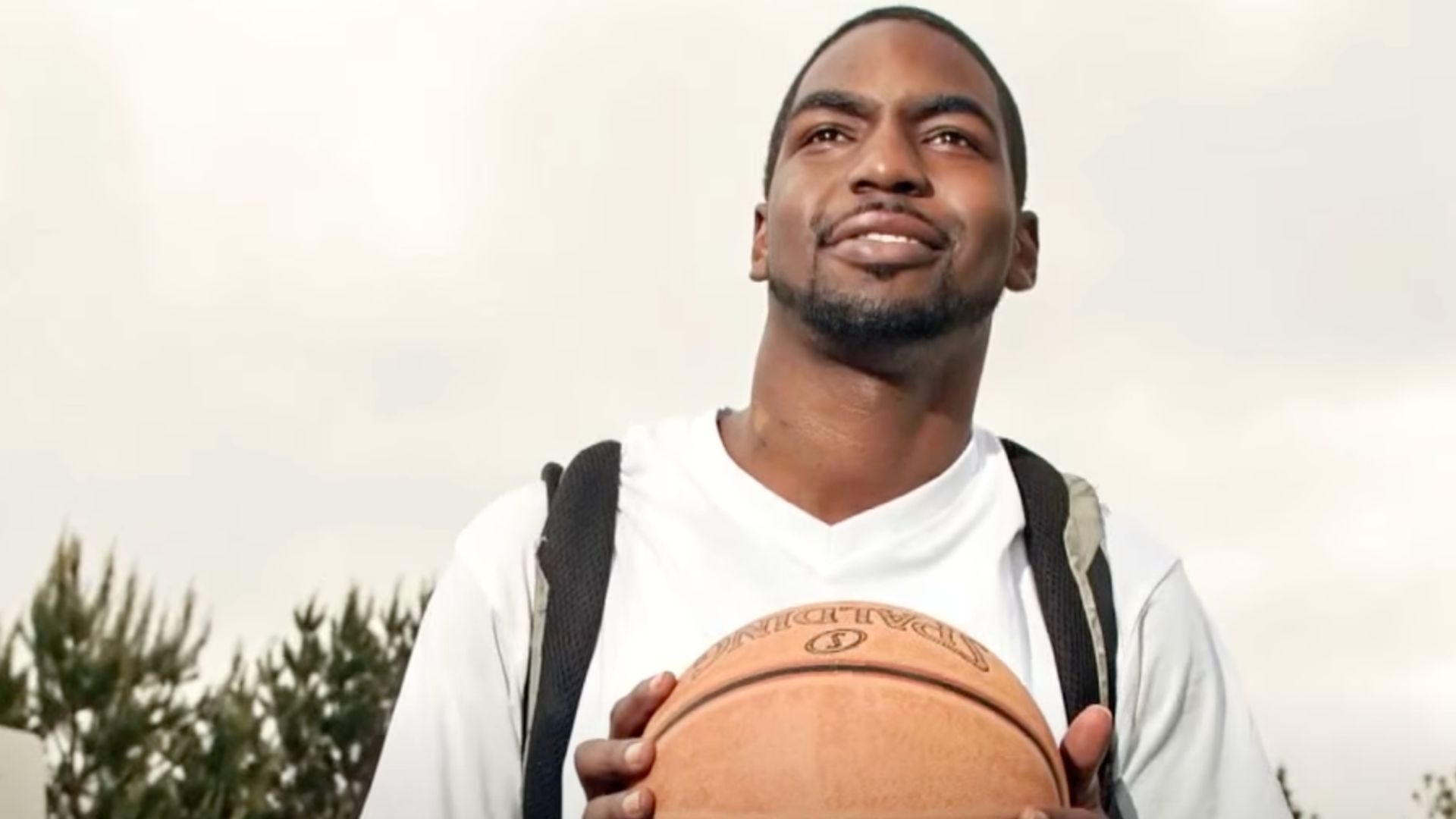
Source: University of Michigan
His ability to play basketball, spend quality time with his children, and enjoy life’s simple pleasures with a machine acting as his heart illustrates the remarkable capabilities of modern medical technology.
A Story of Resilience and Hope
Stan and Dominique Larkin’s journey is a powerful narrative of resilience and the incredible advancements in medical technology. Their experiences highlight the critical role of artificial hearts in providing a bridge to transplant for patients with end-stage heart disease.
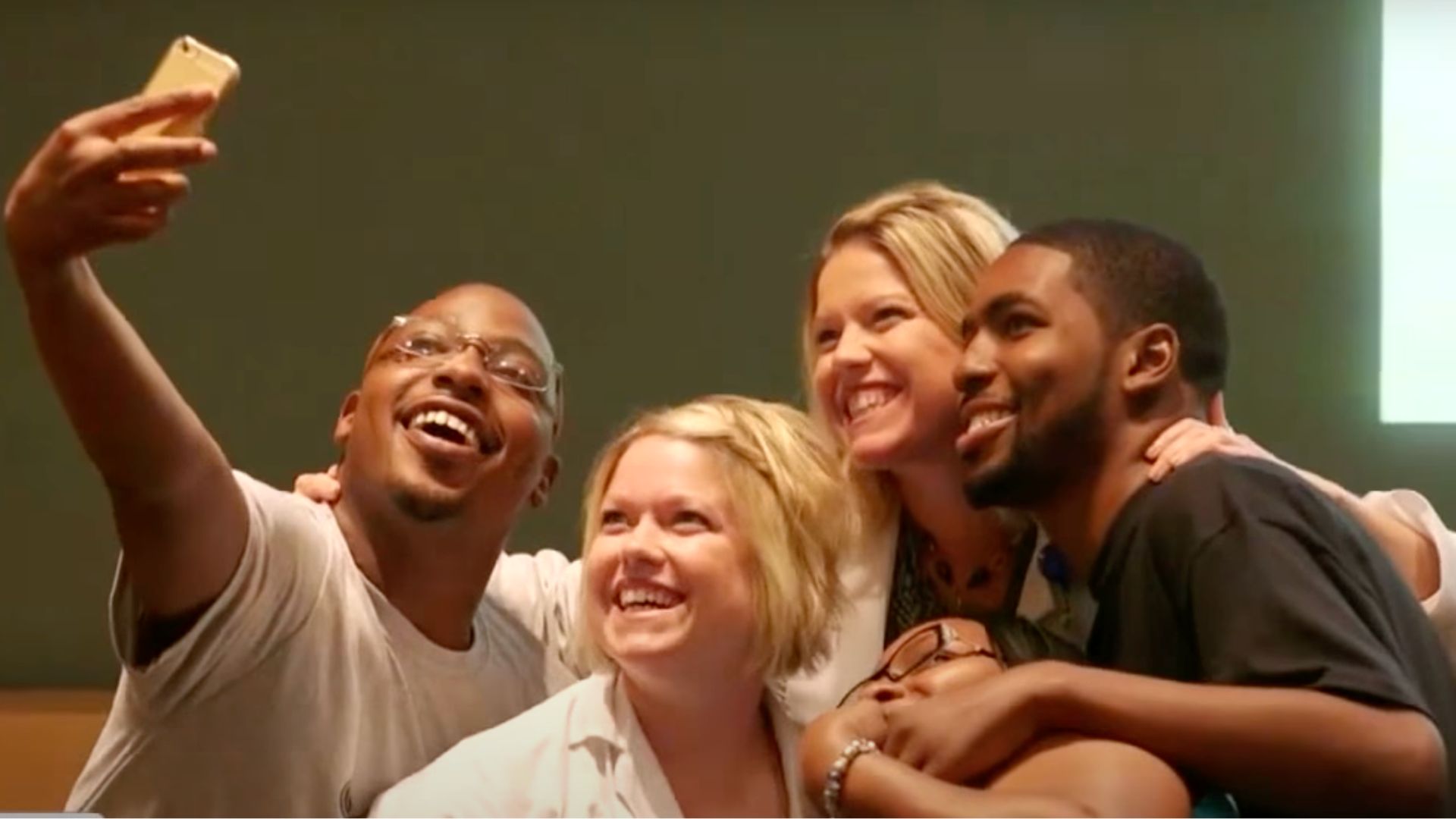
Source: Inside Edition/Youtube
“He has been here with me since the beginning and has never let me down,” Dominique said about his brother, illustrating the deep bond and mutual support that have been pivotal in their journey.
The Future of Heart Disease Treatment
The Larkin brothers’ story is a direct reflection of the advancements in the treatment of heart disease.
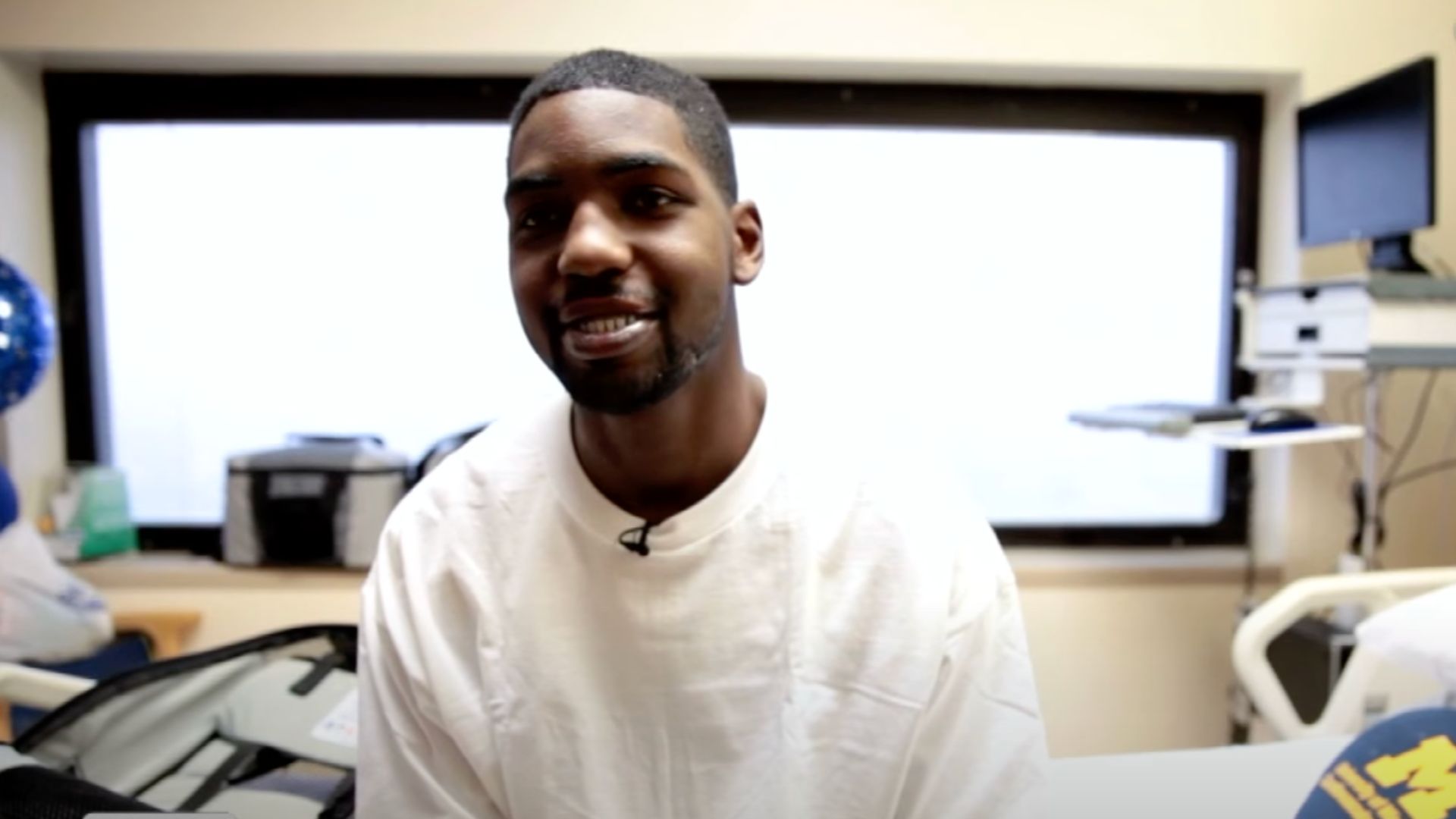
Source: Inside Edition/Youtube
Their experiences with artificial heart technology offer hope and inspiration to thousands of patients awaiting heart transplants, showcasing the potential for leading a life unrestricted by the limitations of their condition.
